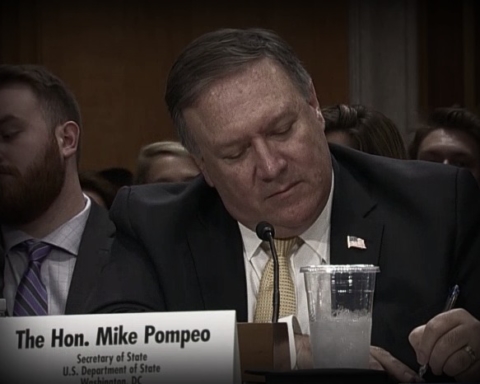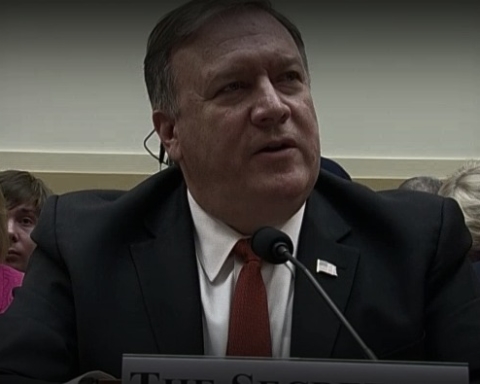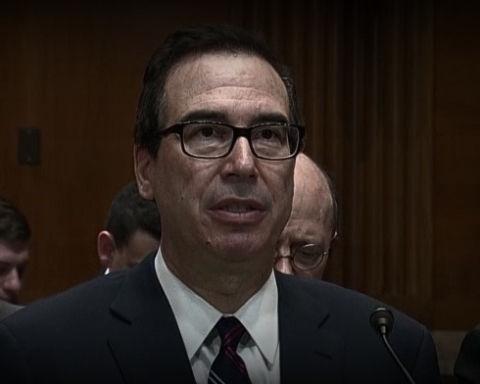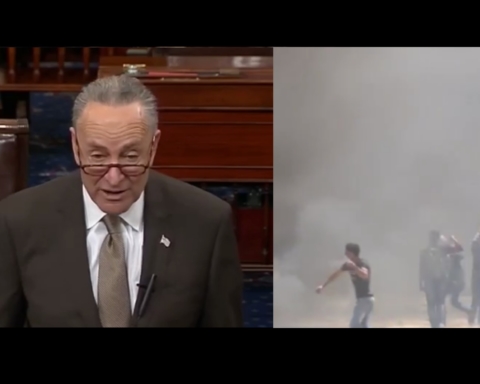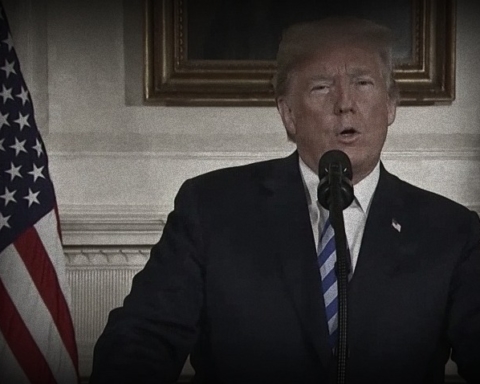The Trump administration looks poised to send up to 5,000 additional troops to Afghanistan while loosening the rules of engagement for US forces there.
The deployment and ratcheting up of hostilities would be aimed at strengthening the Afghan government’s hand in peace negotiations with the Taliban, according to The Washington Post and The New York Times.
The Post, which first reported the development late Monday, said that President Trump has yet to approve of the plan. He is expected make a decision before a May 25 NATO summit in Brussels.
Though designed to weaken the Taliban, any moves to loosen the rules of engagement could increase antipathy toward the US by spelling peril for Afghan civilians. New rules would allow for “greater air support of Afghan offensives.” They would also relax standards for conducting strikes against the Taliban, according to the Post.
While campaigning, President Trump vowed “to take out their families,” referring to civilians in the vicinity of US operations against the Islamic State in Iraq and Syria. Monthly civilian casualties in the US-led campaign reached a record high, not long after Trump was inaugurated.
In Afghanistan, under Trump, the US military has already employed the largest non-nuclear weapon ever used in warfare—the Massive Ordinance Air Blast (MOAB). Though the Afghan government said that the attack killed nearly 100 Islamic State militants, those claims have not yet been independently verified.
The war plans reported Monday aren’t without internal critics, according to the Post. Dissenting voices within the administration are pinning the strategy on national security adviser H.R. McMaster, an instrumental figure in implementing George W. Bush’s Iraq War troop surge.
President Trump campaigned on an “America first” agenda that included skepticism of foreign intervention and disproportionate US contributions to NATO.
“Do I love anything about it? No,” Trump said in 2015, of the US contingency in Afghanistan. “I think it’s important, number one, that we keep a presence there and ideally a presence of pretty much what they’re talking about–5,000 soldiers.”
Trump now could double that number, though The Washington Post put the proposed increase at 3,000 troops. The New York Times said the deployment would contain between 3,000 and 5,000 additional soldiers.
Not long after the start of his presidency, in 2009, Barack Obama also proposed a troop surge in Afghanistan—one that saw the US contingency there swell to 100,000 soldiers in 2010.
By the end of 2014, Obama had gradually reduced troop levels, declaring that the major US combat mission in Afghanistan was over.
Not long thereafter, however, and in the wake of Taliban gains, Obama abandoned the withdrawal plan, which had been set to reduce US troop levels in Afghanistan to 1,000 by 2017. There are currently 8,400 US troops in Afghanistan.

